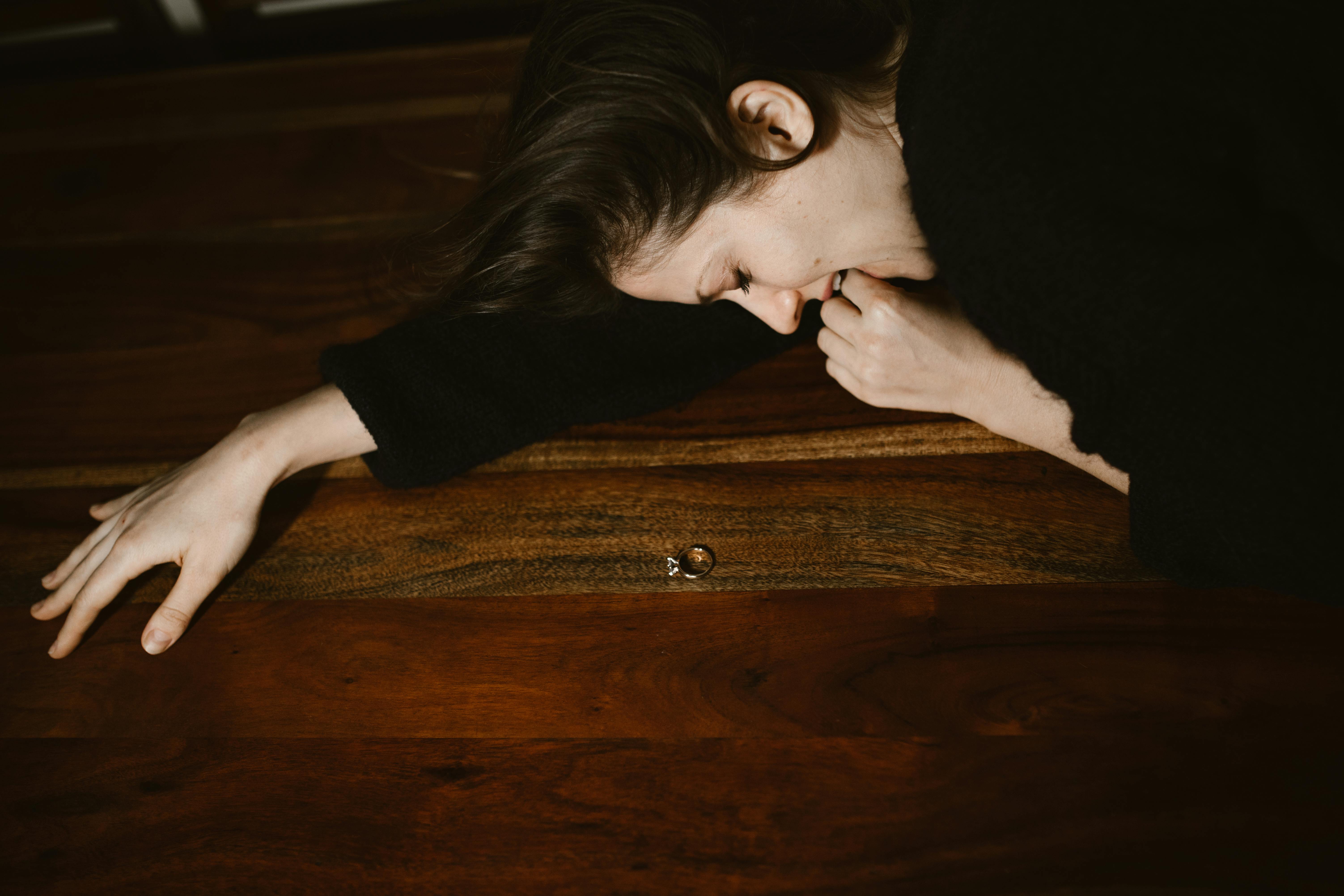
How to paint aluminum window frames
If you have old aluminum windows that you want to restore the existing color or want to change the color, you can rest easy. You have come to the right place.
The aluminum window painting process can be divided into a series of steps with two distinct stages. These are preparation and application. However, the inexperienced will try to skip the preparation to the detriment of the look and durability of the finished product.
Preparation
The amount of preparation required depends mainly on the type and condition of the original substrate. For example, if you have old powder-coated aluminum windows that has chalky paint on it and rubs against your fingers, then this will require a lot more preparation than the newer powder-coated surface that is not being chalked and is painting for a color change.
However, anodized aluminum windows will require much more preparation than all other substrates, regardless of the condition of the substrate because the surfaces need much more mechanical abrasion to nail the surface enough to allow the paint to stick.
Protecting Adjacent Finished Surfaces – Whenever you paint an isolated section, it is important that you protect the adjacent finished surfaces. When painting aluminum windows in your house or apartment, you will want to think about putting plastic sheeting on, followed by sheets of canvas. I suggest applying plastic film and 3M, which you can do with a hand dispenser to protect the glass and the walls directly surrounding the window frame.
Cleaning – Make sure all surfaces are clean and free of dirt. Dirt and grease are essential in the aluminum window painting process. If the surfaces are dirty, the adhesion of the paint is reduced. Clean the outside of the frames with soap and water and a sponge. However, use a soap that does not contain salt, such as truck wash. Wash off any excess soap with clean, cool water.
Then alternately clean the surfaces both inside and out with washing solvent such as prepsol.
Use a scourer to apply the solvent. Scrubbing will clean and mark the surface at the same time. It is important that you perform a second solvent wash on dirty windows by applying solvent with a clean cloth and then wiping with another clean cloth.
Substrate Sanding – There is no easy way around this process. This can be difficult and monotonous, especially in the tightest spots, like the top channel, because there is no mechanical sanding equipment that can get the job done much faster. Therefore, doing the work manually is difficult and time-consuming.
If you have a powder coated surface that is burning, I would recommend sanding with 120 grit. Sandpaper is less likely to clog. If your substrate is powder coated and not chalky, then 240 grit will be enough to nail the surface, especially if you’ve scrubbed it first. However, if your substrate is anodized, then a real job awaits you because you will need to break up the 60-grit sandpaper. Have a few strips of masking tape ready for your fingertips because this is where you are going to be “rubbing your fingers. to the bone. ”
The sixty grain will really carve the anodized surface. And you would want the paint to really stick, right? Skip this and you will get the job done again. Once you’ve done this, you’d better recheck the job with 120-grit sandpaper to smooth out the scratches caused by 60-grit.
You are almost ready to start the fun part of applying paint. Just before painting a window, give it another clean washcloth with your solvent wash, remember to use two different clean cloths.
Paint – Use a three coat system with the first coat being a light coat of primer sealer; use a single coat primer. The second layer is the first of the top layers, then the second top layer is the third layer.
At this point, you need to make some decisions. First, what type of paint do you want to apply? I recommend an oil-based polish or a two-pack polyurethane. If you have little to no experience with using two packs, stick with oil-based polishes and apply with a quality brush. However, if you have used two packs before, the only way to apply them is by using an HVLP spray gun for a quality finish. The benefit of using a two-cap paint over an oil-based polish is that you will get a more durable quality finish that closely resembles a powder paint finish.